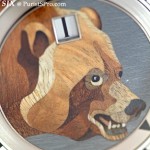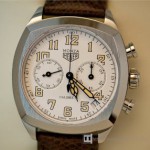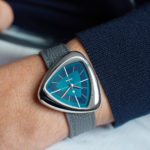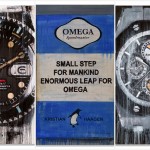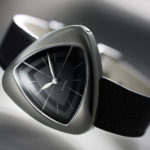The Op Art-Inspired Anoma A1 Optical is Not an Illusion
Featuring a CNC guilloché dial.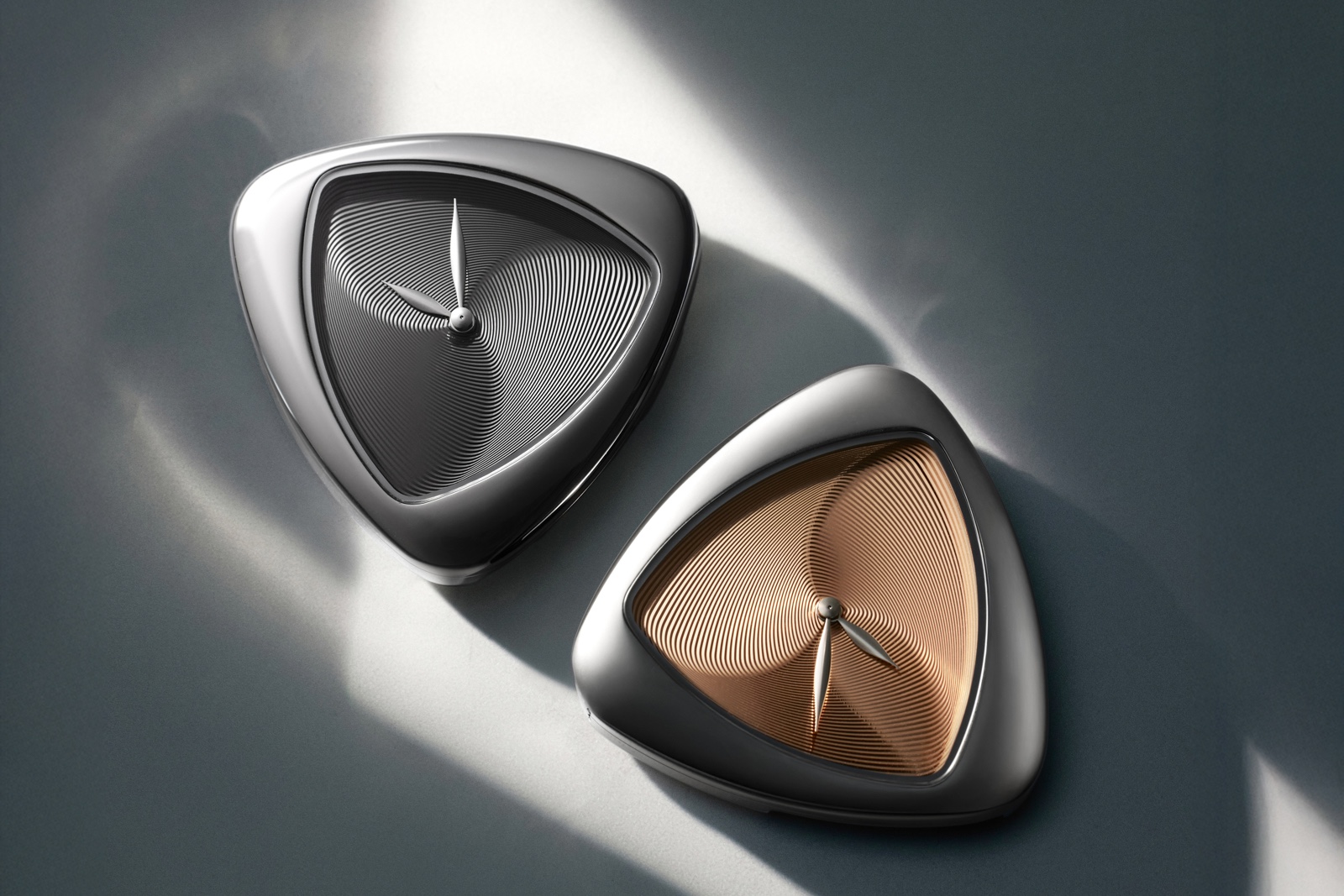
Anoma made its debut last summer and has just released its third model, the A1 Optical. Without departing too far from what made the previous models attractive and affordable, the latest variant features a CNC guilloché dial with a shimmering optical effect. For the design of the dial, Anoma founder Matteo Violet-Vianello was inspired by the works of Bridget Riley and Ferruccio Gard, instrumental figures in the optical art movement.
There are two dial options for the Optical; copper and silver. The copper option is the livelier of the two and will inevitably be called a salmon dial. Alternatively, the silver-treated option gives the watch a distinctly black-and-white feel. Interestingly, the first 150 pieces in each dial finish will be delivered with a related artwork commissioned from optical artist Adam Fuhrer. After the first 300 pieces have been delivered, regular production (sans artwork) will commence.
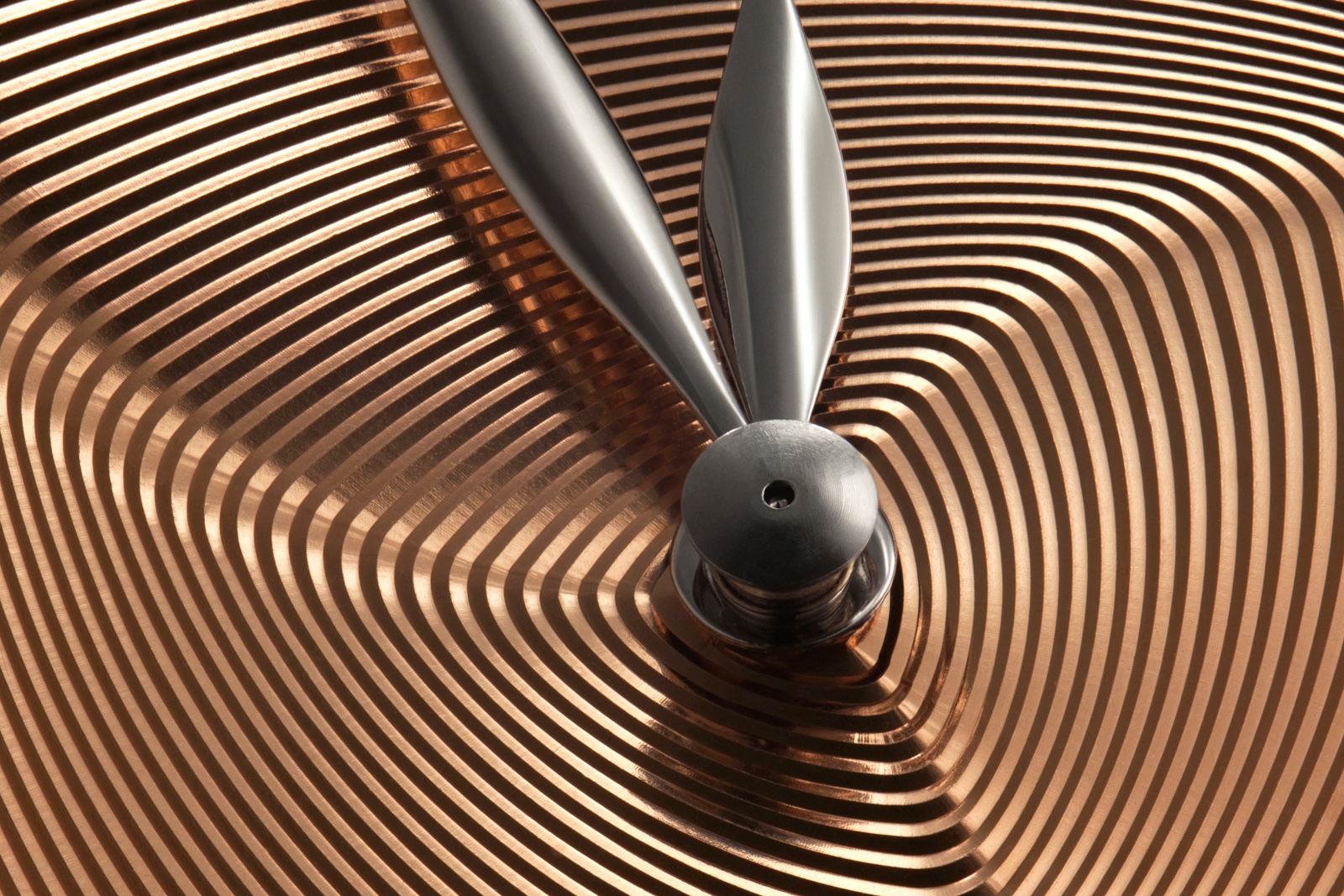
Initial thoughts
It’s rare to find watchmaking at this price point that is distinctive enough to sell without a name on the dial, but Anoma is betting the A1’s pebble-like triangular case is a recognisable enough calling card to dispense with the branding.
It was the right call, because the Optical is all about its dial and the shimmering optical illusion created by programmatic guilloché. In some ways the dial motif is similar in concept to the Bulgari Octo Finissimo Tadao Ando, but the triangular pattern and three-dimensional texture will result in a more engaging optical effect.
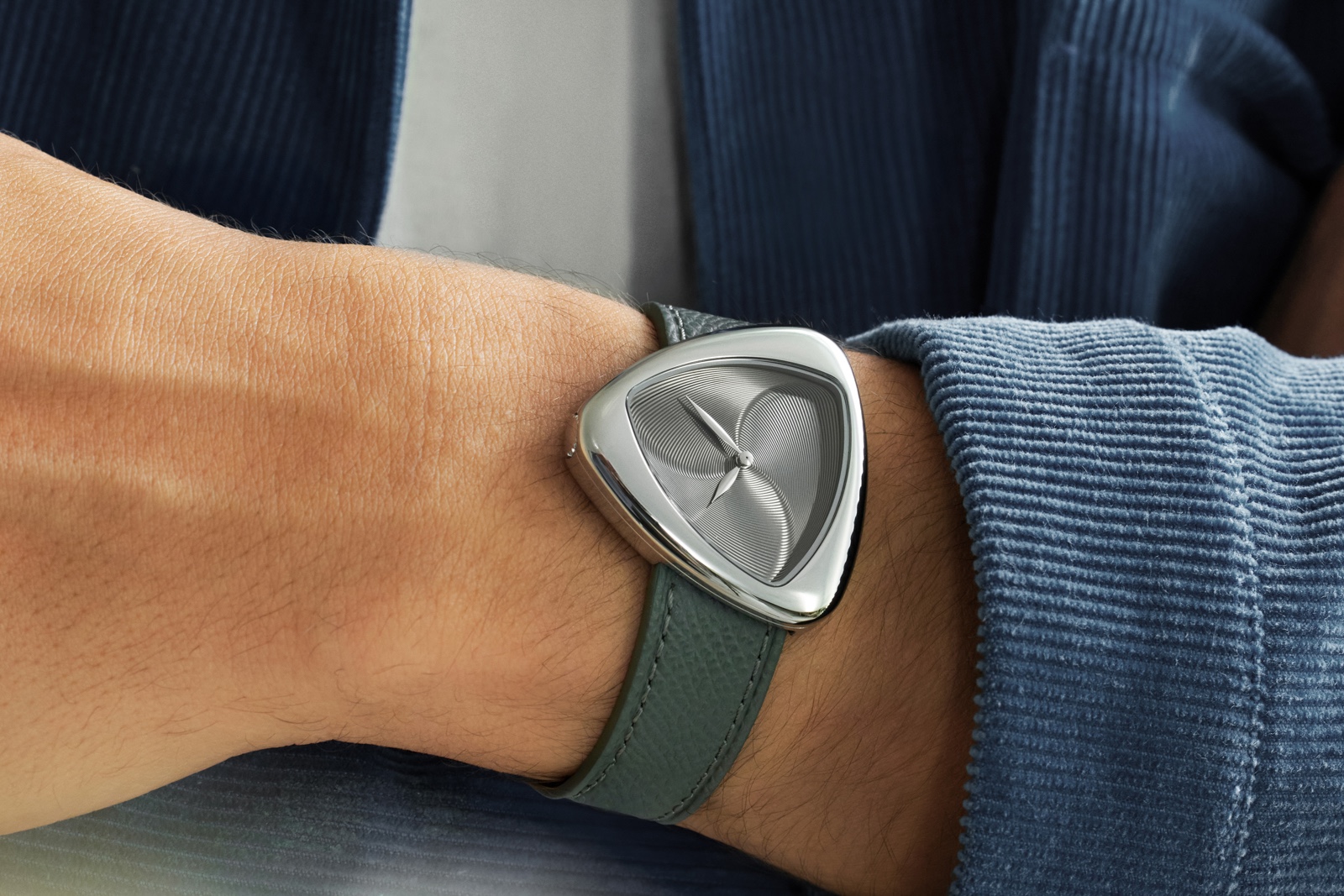
Considering the value-oriented price point Anoma targets, the brand could have opted for a stamped dial and no one would have batted an eye. That they chose to endow each watch with a true guilloché dial, albeit one cut automatically using a CNC machine, speaks to the thoughtfulness of the execution.
The pattern is uniquely suited to the triangular form of the Optical, consisting of exactly 50 offset rounded triangles. We’ve not been hands-on yet, but the dial should have the crisp, shimmering effect of traditional guilloché.
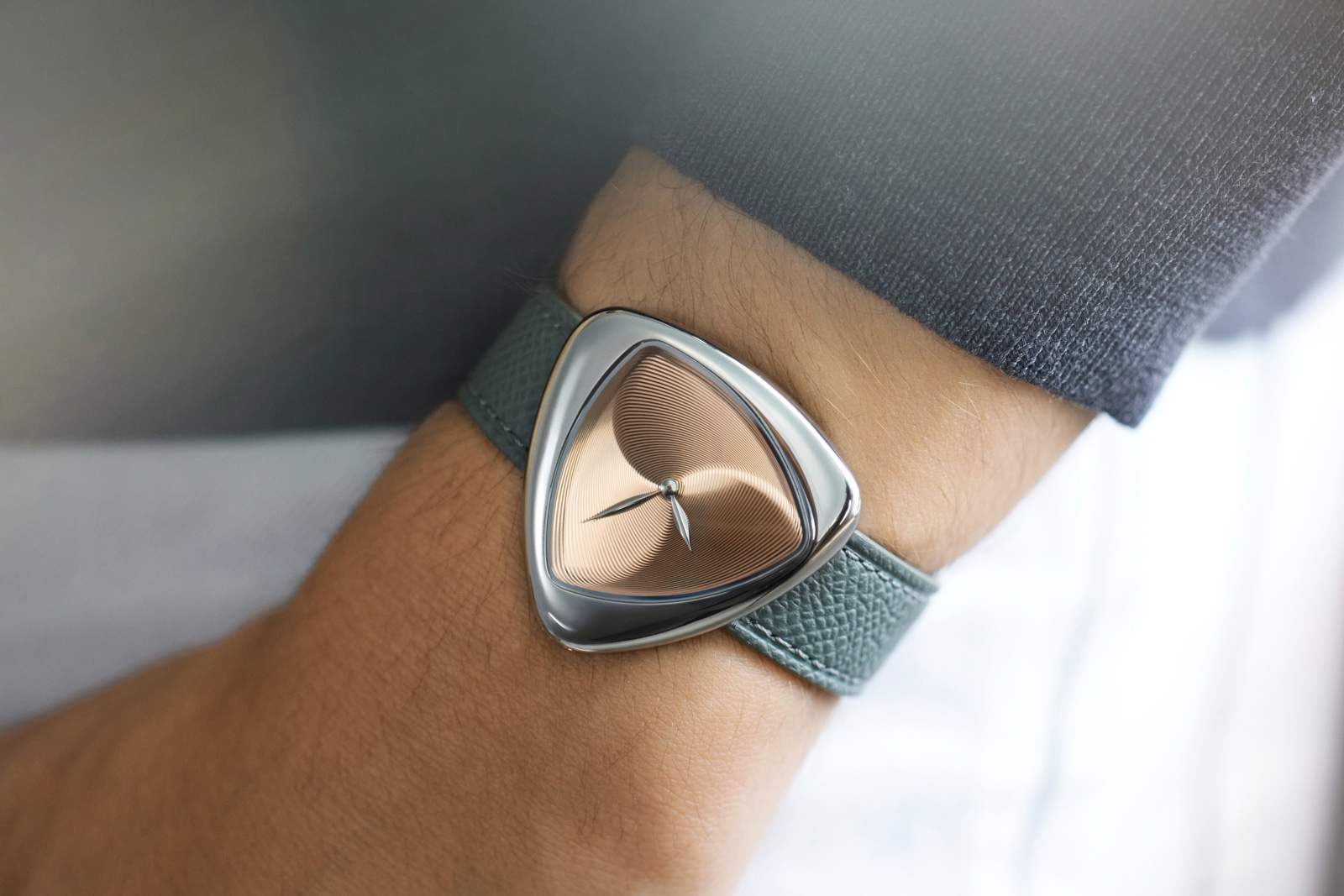
Naturally, the Optical shares the triangular 38 mm stainless steel case of previous models. Inspired by a mid-century Charlotte Perriand table, the key element of the design is the way the triangular crystal is offset relative to the case, which gives it an organic look and feel.
Like its stablemates, the Optical’s compact triangular form is made possible thanks to its Sellita SW100 movement, a small no-nonsense automatic caliber that is sensibly hidden behind a solid case back. Cost-effective to produce and easy to service, the SW100 helps the Optical qualify for the coveted “Swiss Made” label, despite some of the other components being sourced from Chinese suppliers – as is inevitable at this price point.
If it seems like each Anoma launch has gotten more expensive, it’s because they have. But the Optical’s price point of £2,200 (just under US$3,000) is still reasonable considering its distinctive wrist presence and elaborate, engraved dial.
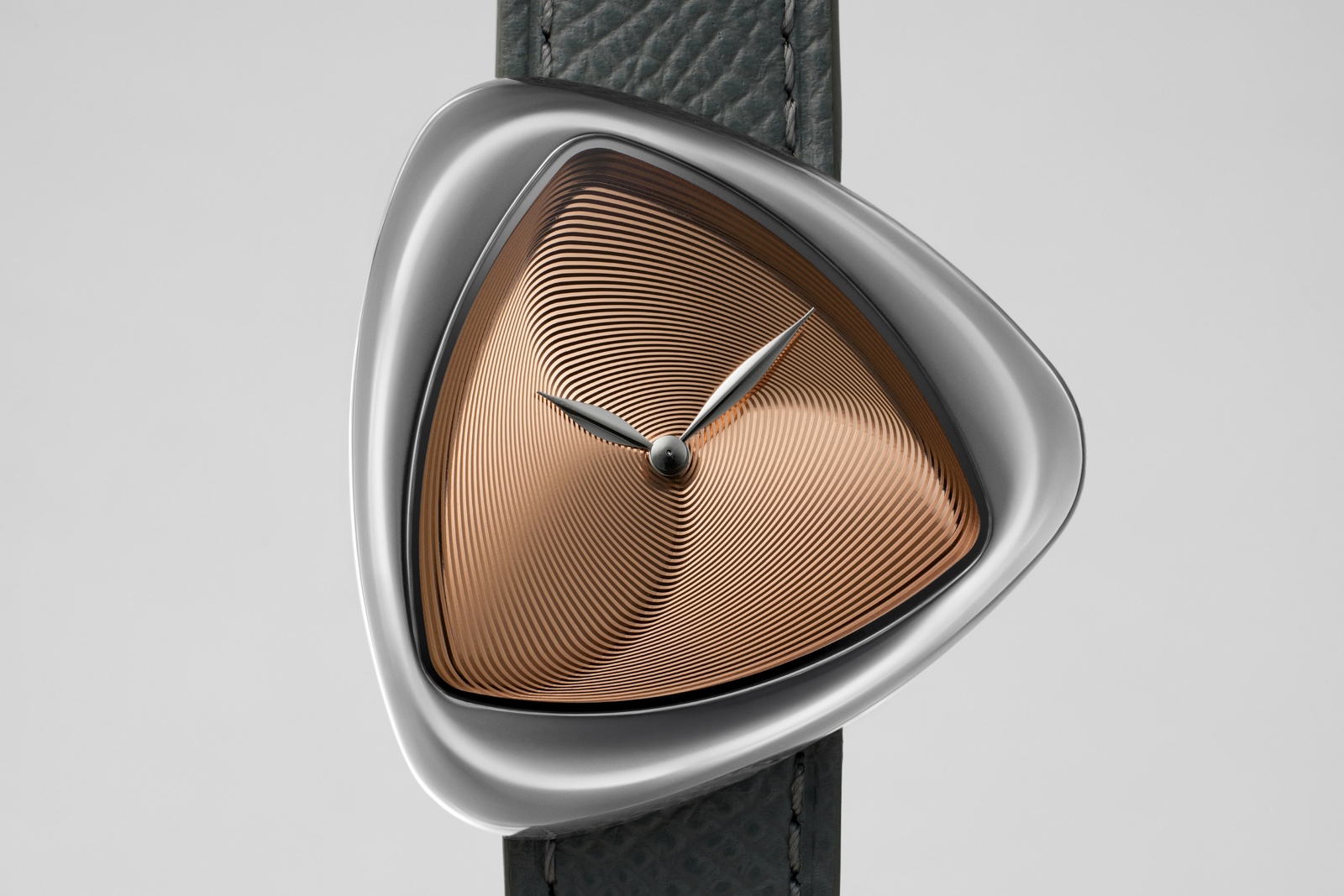
A cut above
Getting to the point, the Optical is all about its dial, being identical to previous Anoma releases in other respects. Available in either copper or silver finish, the dial is engraved line-by-line using a graver affixed to a CNC spindle. While CNC lathes are ubiquitous in watchmaking, they are usually running rotary tools, as opposed to a fixed point graver like that used to engrave the Optical’s dial.

Though mostly automated, the CNC process reproduces the crisp-edged lines of traditional guilloché more realistically than any other substitute, making it a superior alternative to stamping.
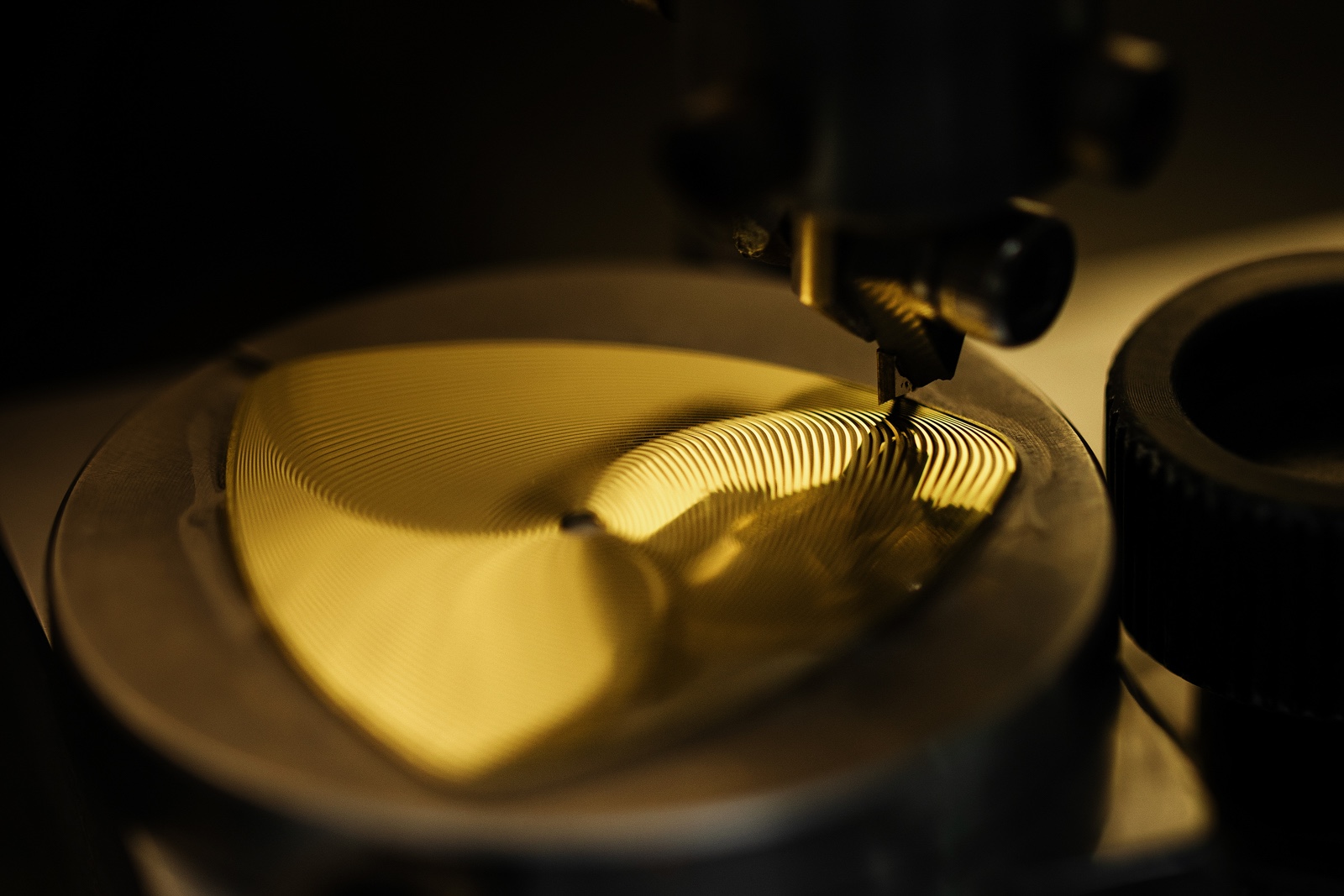
The pattern is also neatly suited the design; the 50 slightly offset concentric triangles mirror the relationship between the crystal and the case. This pattern results in an optical illusion that presents as three distinct shimmering lobes.
Simple mechanics
Like the rest of the Anoma range, the Optical’s smallish footprint is suggestive of a quartz movement, but inside you’ll find an automatic Sellita SW100. A small movement just 17 mm in diameter, the SW100 delivers two key results.
First, it’s inexpensive, and second, it’s produced in Switzerland, which is a differentiator at this price point. On paper, the movement in unremarkable, but you don’t buy an Anoma for the movement, which makes the short 38-hour power reserve tolerable.
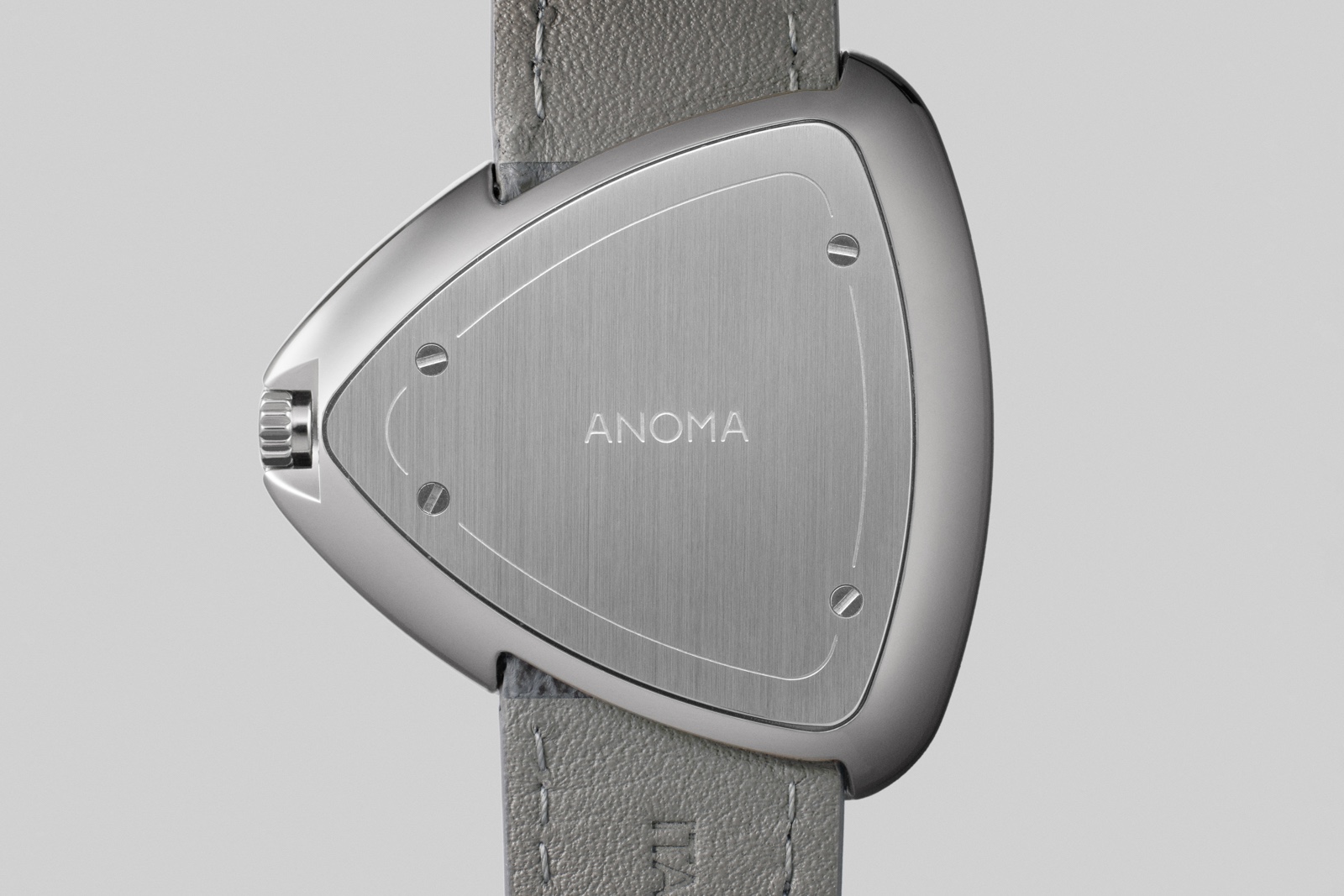
Paired with a work of generative art
The process used to create the dial was also used to create the pieces of art that will come with the first 300 units of the Optical. For the matching artwork, Anoma turned to Toronto-based engineer-turned-artist Adam Fuhrer, who specialises in generative art created using a pen-plotter – basically a purpose-built CNC machine tipped with a pen instead of a drill bit.
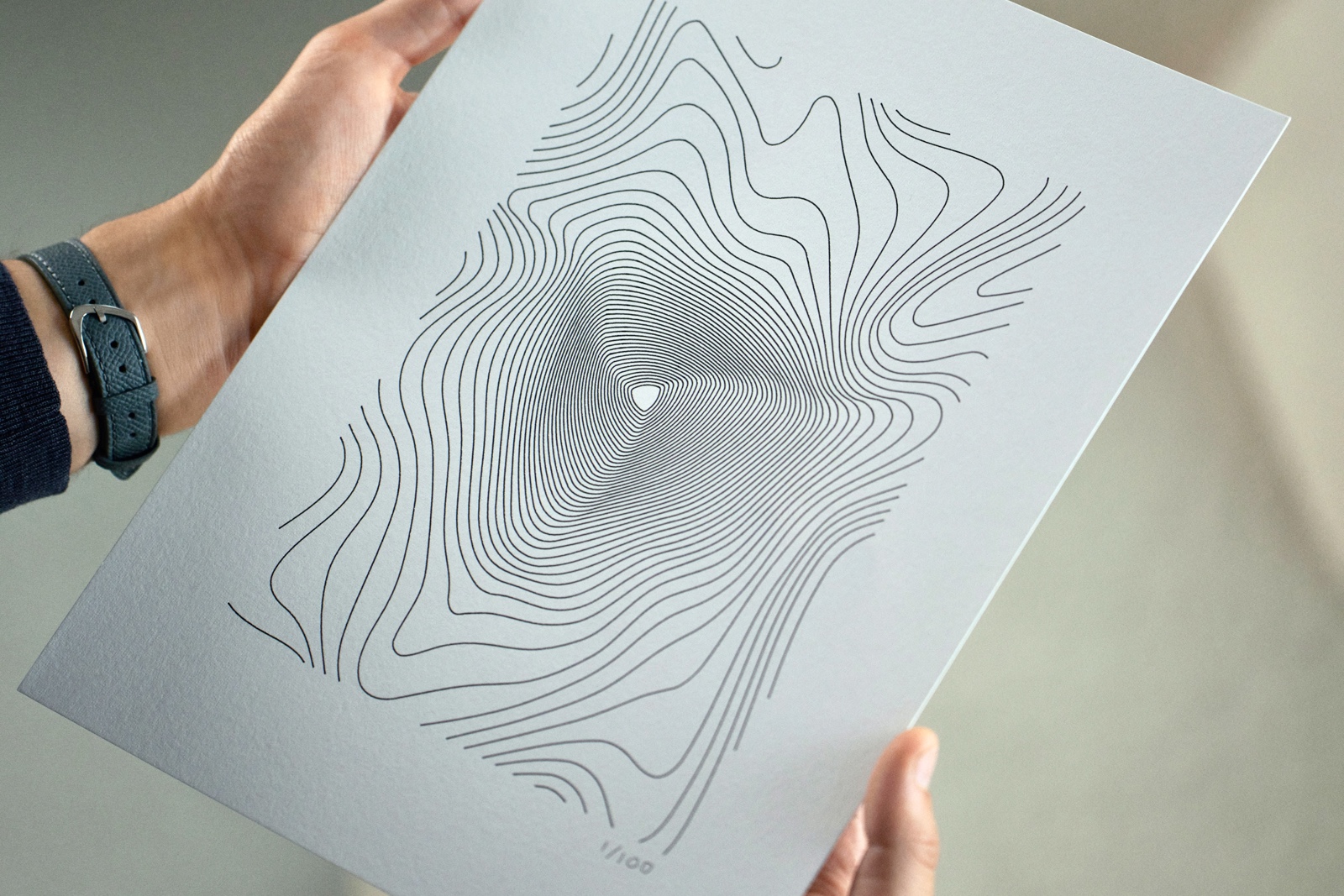
Technically, pen-plotting makes each work an original, rather than a print, but the programmatic production process means they can be made in large numbers. It’s unusual for a watch to be paired with a piece of art, but it makes sense for the Optical given its obvious tangible connection to the op art movement.
Key facts and price
Anoma A1 Optical
Diameter: 39 mm by 38 mm
Height: 9.45 mm
Material: Stainless steel
Crystal: Sapphire
Water resistance: 50 m
Movement: Sellita SW100
Functions: Hours, minutes
Winding: Self-winding
Frequency: 28,800 beats per hour (4 Hz)
Power reserve: 38 hours
Strap: Leather with pin buckle
Limited edition: No (first 150 numbered pieces in each dial colour include matching-numbered artwork)
Availability: Orders open August 7, 2025, with delivery in October 2025
Price: £2,200 excluding taxes
For more information, visit Anomawatches.com.
Back to top.

